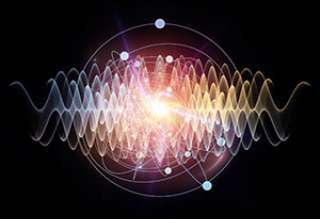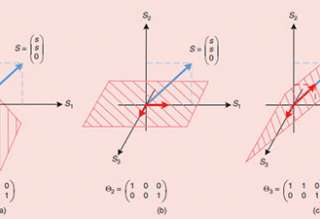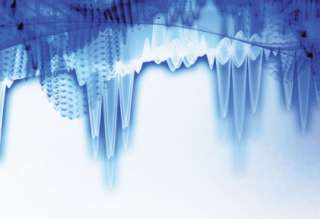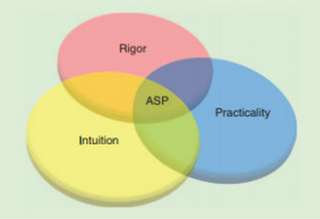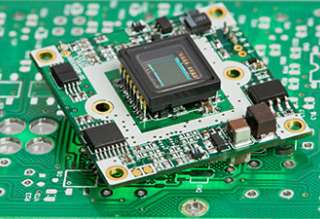Converting Infinite Impulse Response Filters to Parallel Form
Discrete-time rational transfer functions are often converted to parallel second-order sections due to better numerical performance compared to direct form infinite impulse response (IIR) implementations. This is usually done by performing partial fraction expansion over the original transfer function.

